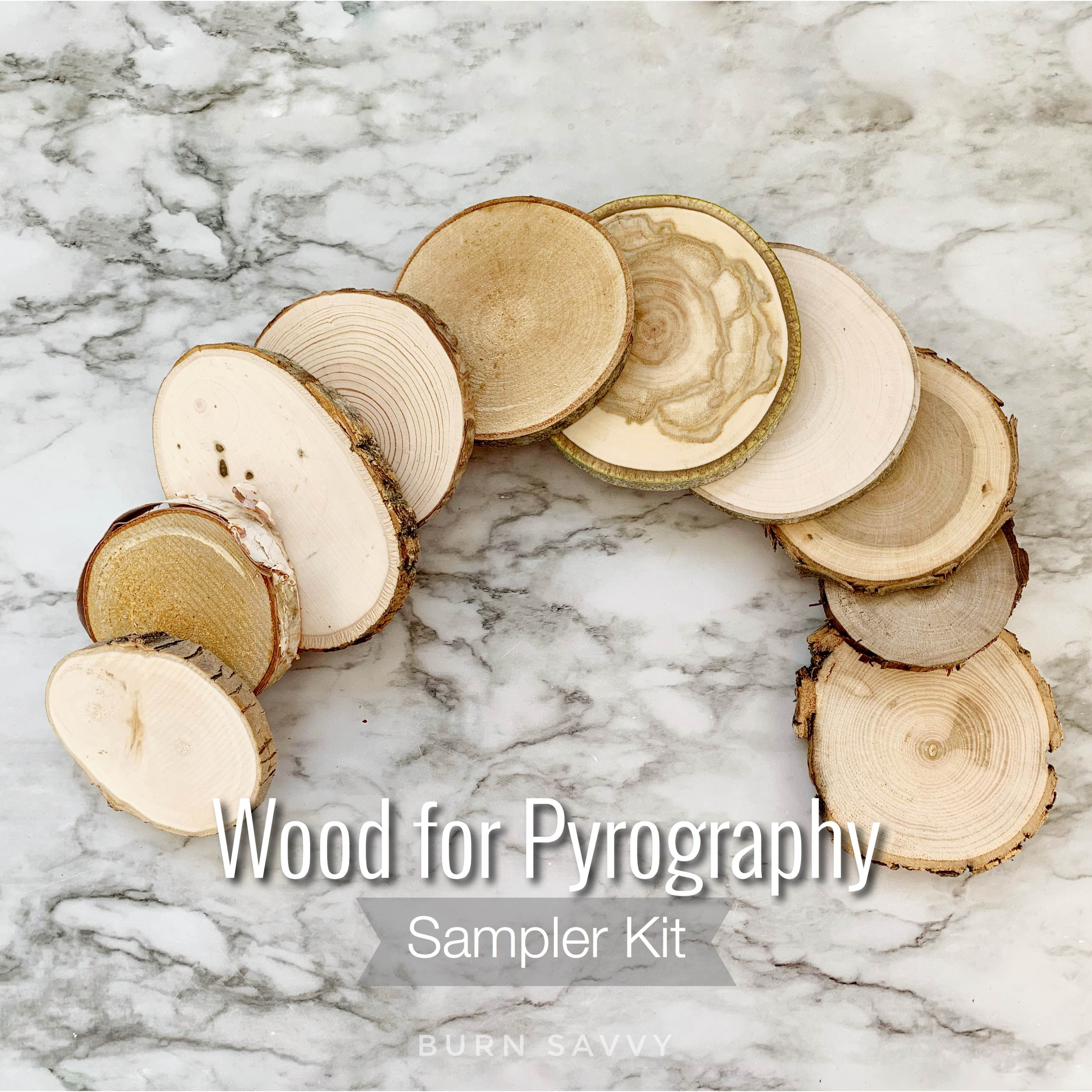top 10 List:
BEst Wood for Pyrography Art
Wanna know the BEST wood for pyrography art? I gathered the top 10 most popular woods for woodburning for you from top forums and some of the best woodburning books out there.
These are the best of the best.
After putting this list together, I went out and bought each kind of wood to try them for myself.
The list is in the order of my own personal favorites.
NOTE: All my sample pieces were burned with my Colwood Detailer, painted with Arteza watercolors, and sealed with 3 coats of clear Minwax satin polyurethane spray. Had to have consistency. You know. For science.
Quick Caveat...
I love 8 out of 10 woods on this list.
There are 2 that I DO NOT like, and I'll tell you why when we get there.
But because I like to overdeliver in these articles, I'm going to throw in a few other woods that I think are better than these 2 popular options...
...plus a few bonus materials you might want to try burning too!
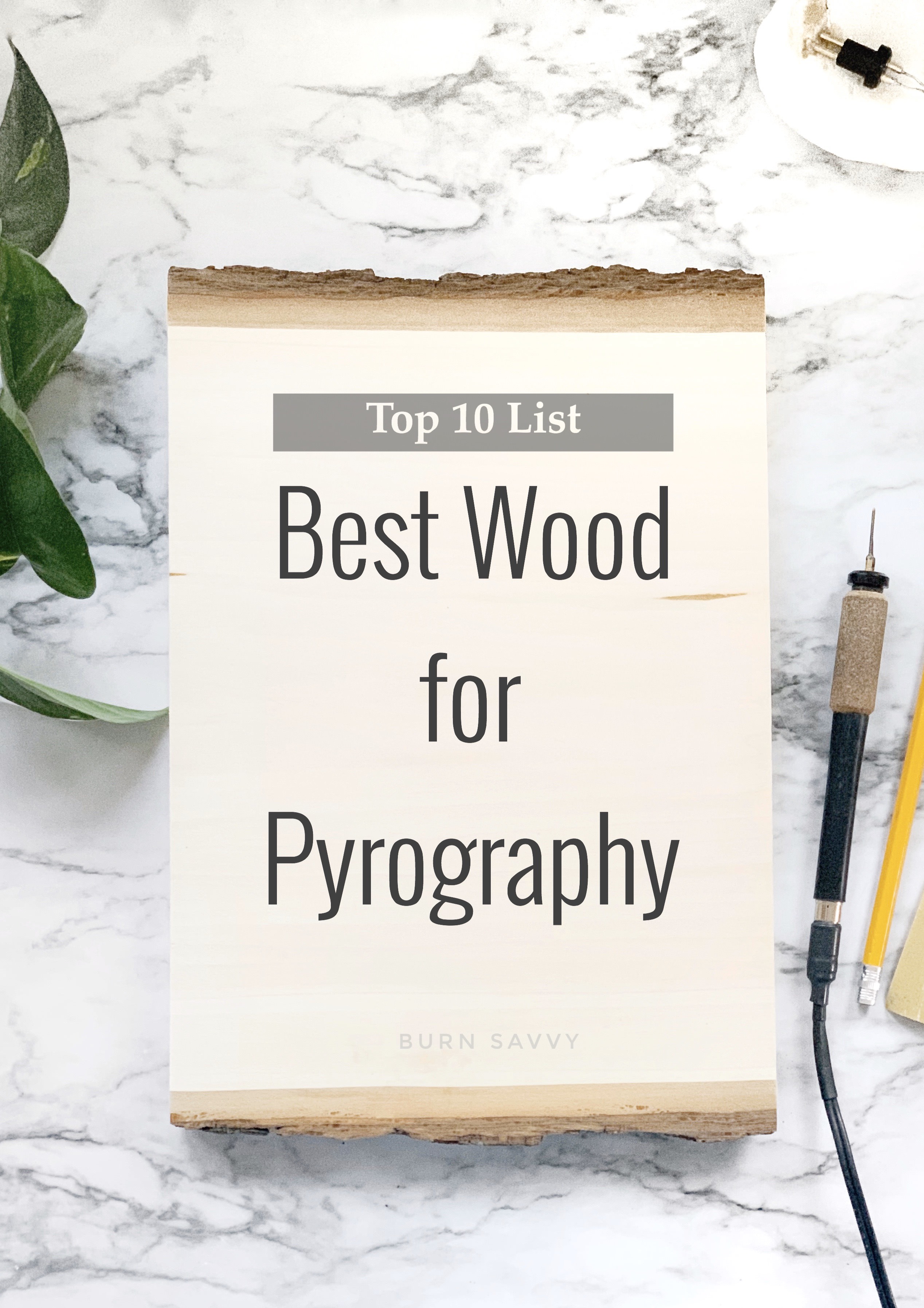
Want To Learn How To Wood Burn?
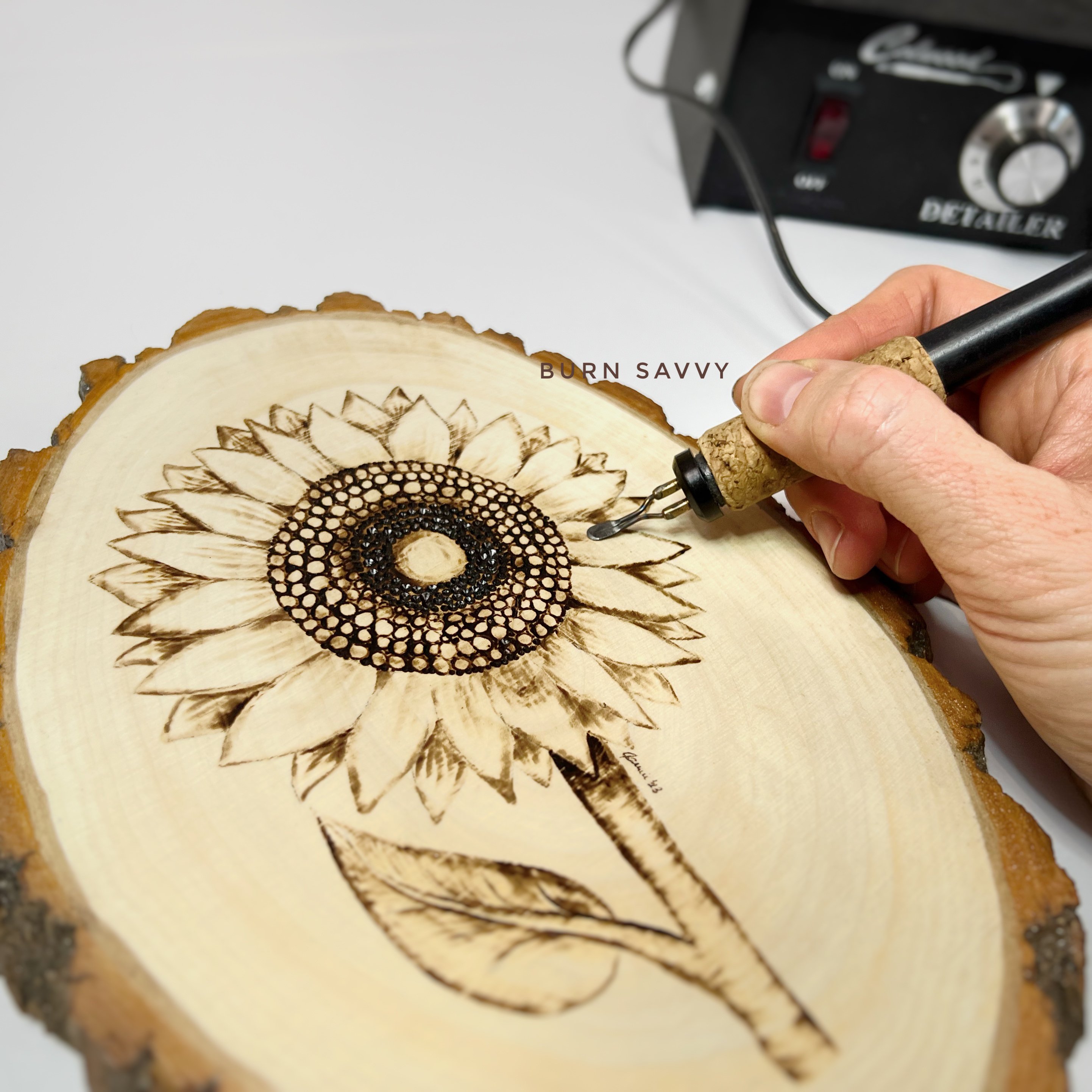
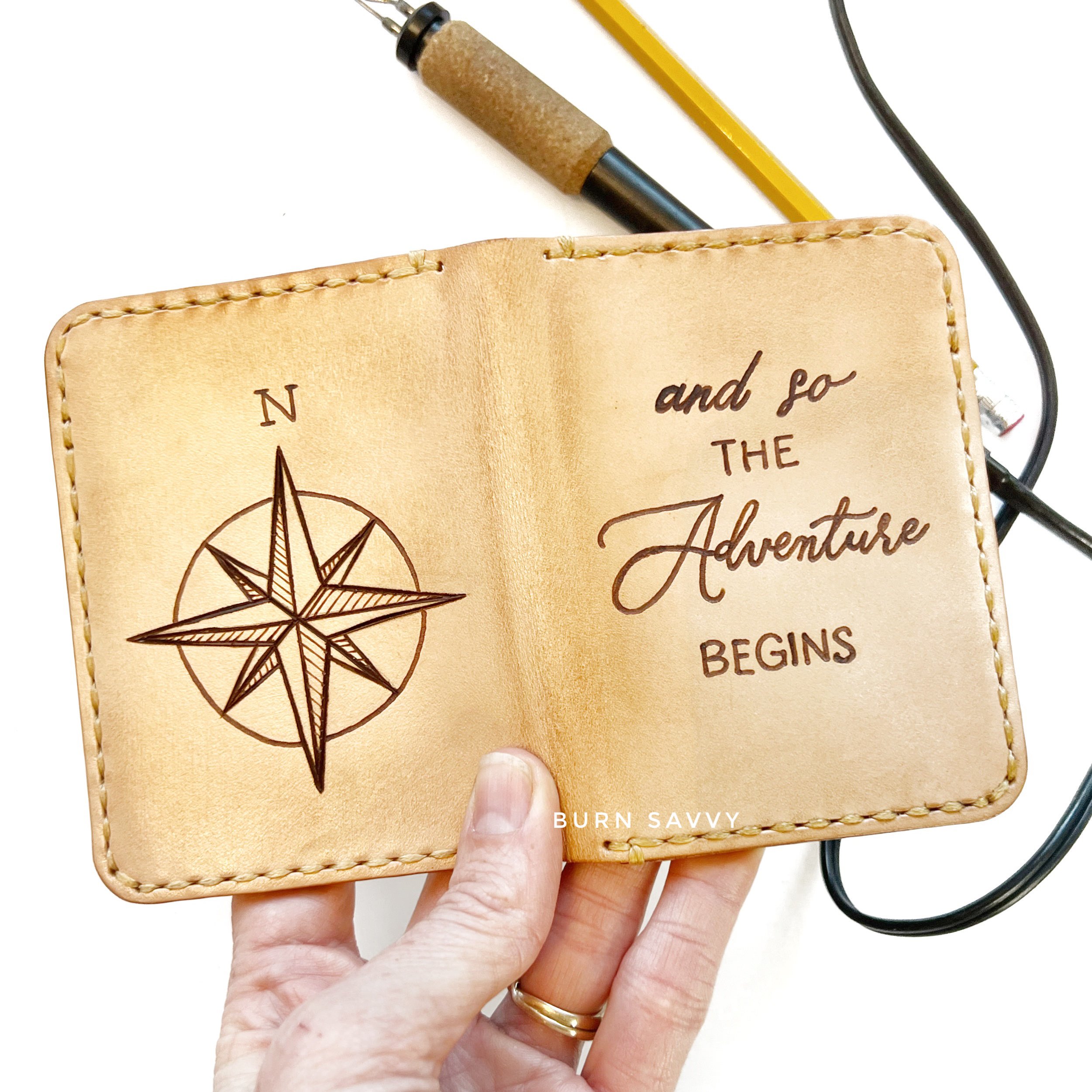

Courses are now available on the Burn Savvy YouTube channel membership!
Go see which level suits YOU best. ⇣
Want to Try These Woods for Yourself?
I made a woodburning kit for you!
1. Willow
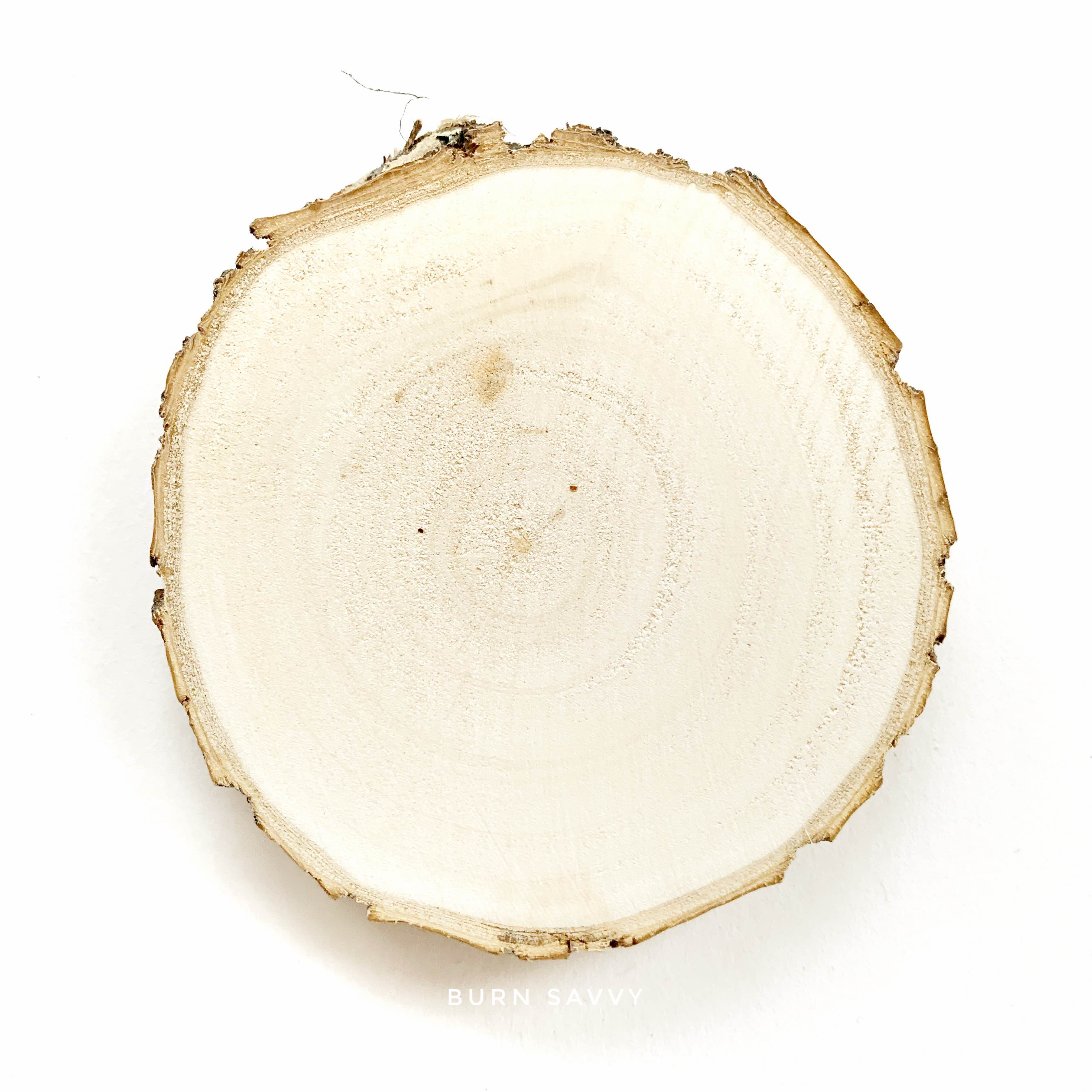
This wood surprised me! I didn't really know much about this wood
before - other than it's hard to source - but it's a favorite for those
who can find it.
I used heat levels 5-6, and it burned so fast, so easily, and soooo buttery smooth.
Willow wood is soft meaning my burner sinks into the wood easily. (Technically willow is a "hardwood", but for pyrography purposes it's soft. Read more here about soft vs hard wood when you scroll down in this article).
It's smooth grain is almost not even visible. I love the clean blonde, creamy color too. Gives you a nice clean canvas to burn.
The watercolors I used stayed vibrant when they dried.
Some woods instantly darken when you put a clear coat on them. Not willow wood! The coating hardly changes the color.
I looooove burning this wood.
The only downside - finding places that sell more of it!
2. Aspen
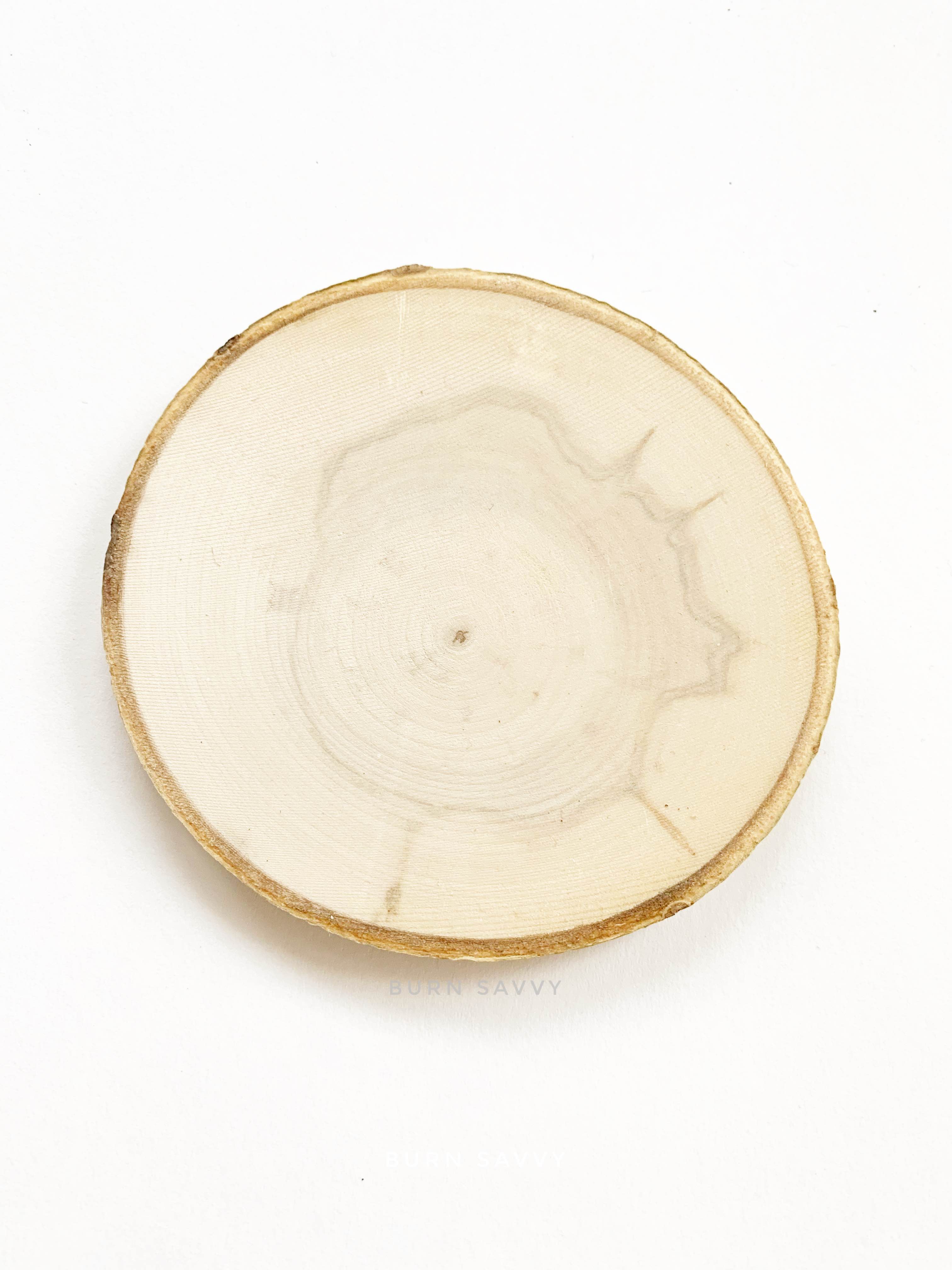
I also looooooove burning this wood.
Actually, aspen could tie first place. If it weren't for the wood color variations, aspen would easily take #1 spot - even over willow wood.
This wood is softer and burns even faster than willow wood using a 5-6 heat level.
The grain is sooooooo smoooth you'd almost think you were drawing on paper. Just yummy.
The clear coating was even more unnoticeable on aspen than on willow too.
But there's a lot of color in the wood. This is what bumped aspen to #2.
Wood
variation isn't always a bad thing, but it can be distracting if you
don't find a good way to incorporate it into your artwork.
The watercolors I used stayed vibrant when they dried, but the natural wood colors bled through a bit.
Aspen slices (round cuts) have more color than slabs (vertical tree cuts). I'd choose aspen slabs over slices just for the clarity factor.
3. BAsswood
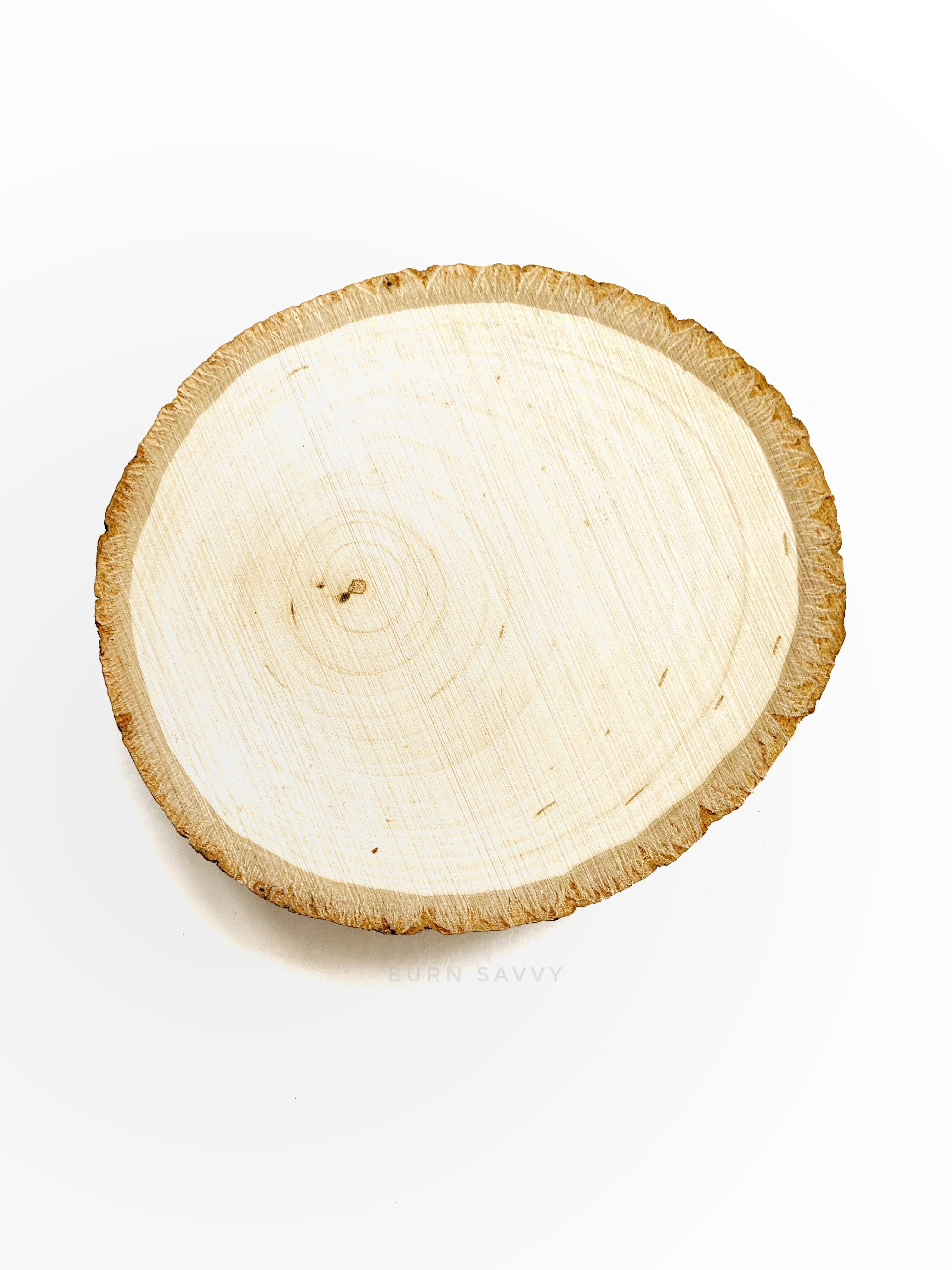
Yes, this fabulous wood took 3rd place on my list of the best wood for pyrography art.
This is the most popular wood for pyrography - and THE wood that got me thinking I needed to try more woods!
When I originally discovered basswood, I'd only burned pine. It was like discovering New Balance or Sketchers shoes after only wearing Walmart specials my whole life (also a game changer).
Okay, back to the experiment.
On a heat level of 5-6, it was another deliciously soft wood that burns like butter.
The grain is smooth, but not as smooth as willow and definitely not as smooth as aspen.
It holds paint colors well. The clear coating shows, but not much.
A beautiful specimen. And easy to source at craft stores and on Amazon.
Definitely a highly recommended wood for pyrography.
4. Maple
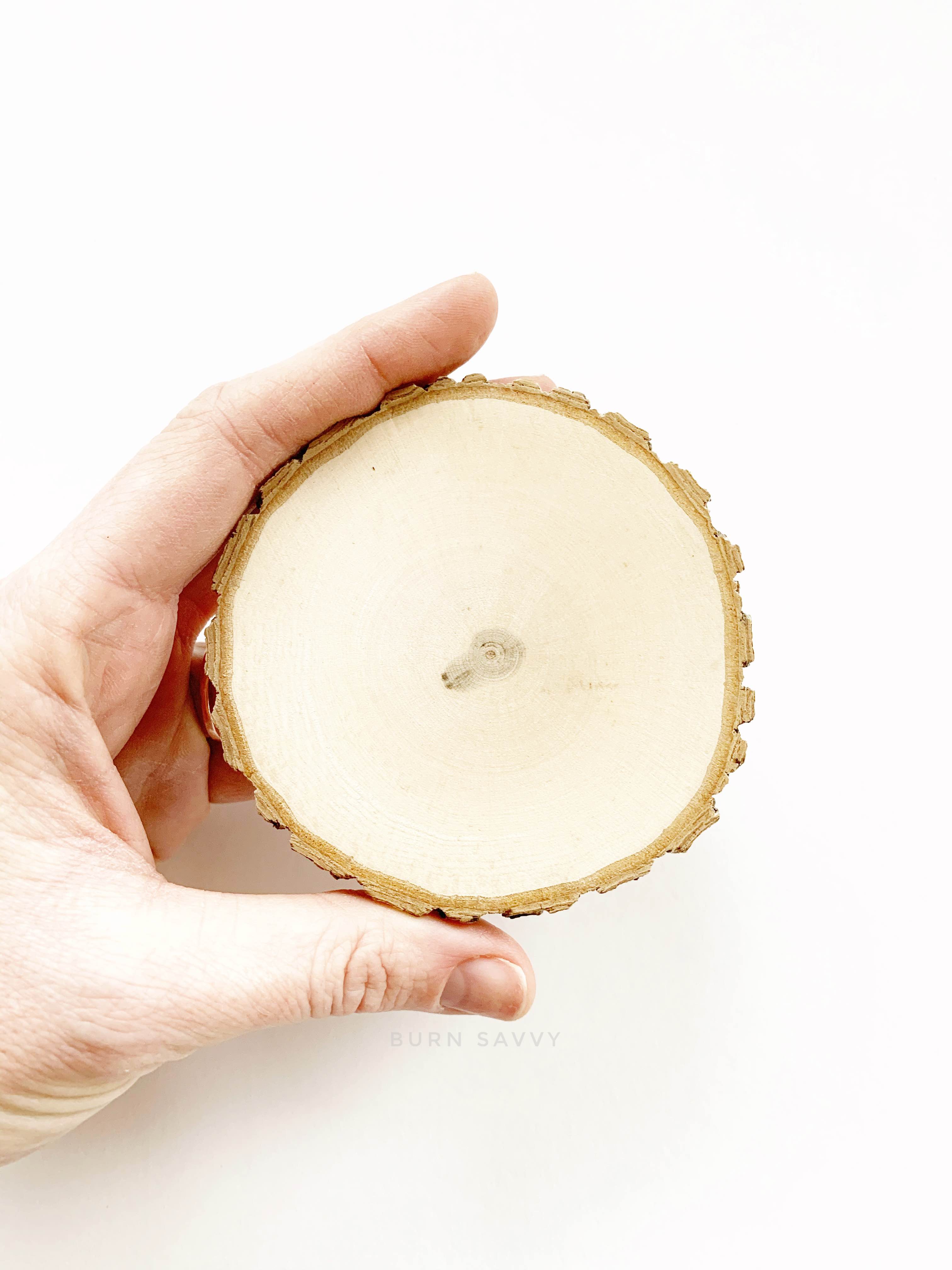
Maple also a pleasant surprise for me. I didn't think I'd enjoy burning hard wood just because the burner wouldn't sink in like it does with really soft wood.
But maple was genuinely satisfying to burn.
To get it to burn faster, I did have to burn at a 6-7 heat level.
But the grain is almost non-existent, making this a verrrrrry smooth burn. The color is even and consistent too, which I love in a piece of wood for pyrography.
The paint stayed vibrant and colorful when dry.
The clear seal does darken the wood, but not enough to lose your light shading.
This was my favorite hard wood for pyrography.
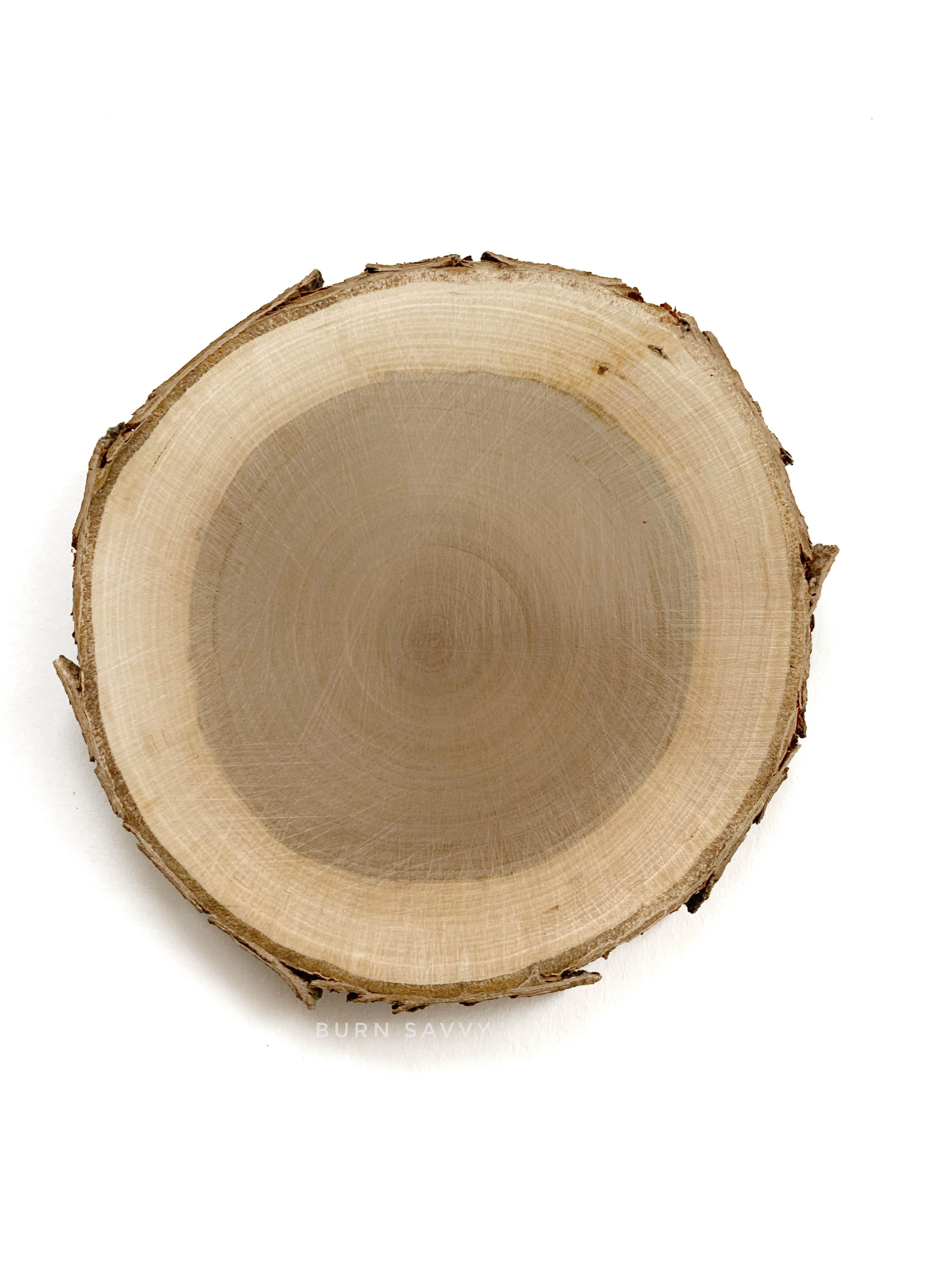
5. Cherry
Another satisfying hard wood for pyrography.
Like maple, I had to turn it up to a 6-7 heat level to speed things up.
The grain is smooth, even, and lovely to burn.
The paint colors stayed bright. The seal darkened the wood but you can still see the shading well.
Cherry has the same kind of quirk as aspen - the slices have a strong color variation which can be distracting to the overall piece.
But again - like aspen - if you can find a way to work with it, cherry is a lovely wood for pyrography.
6. Poplar
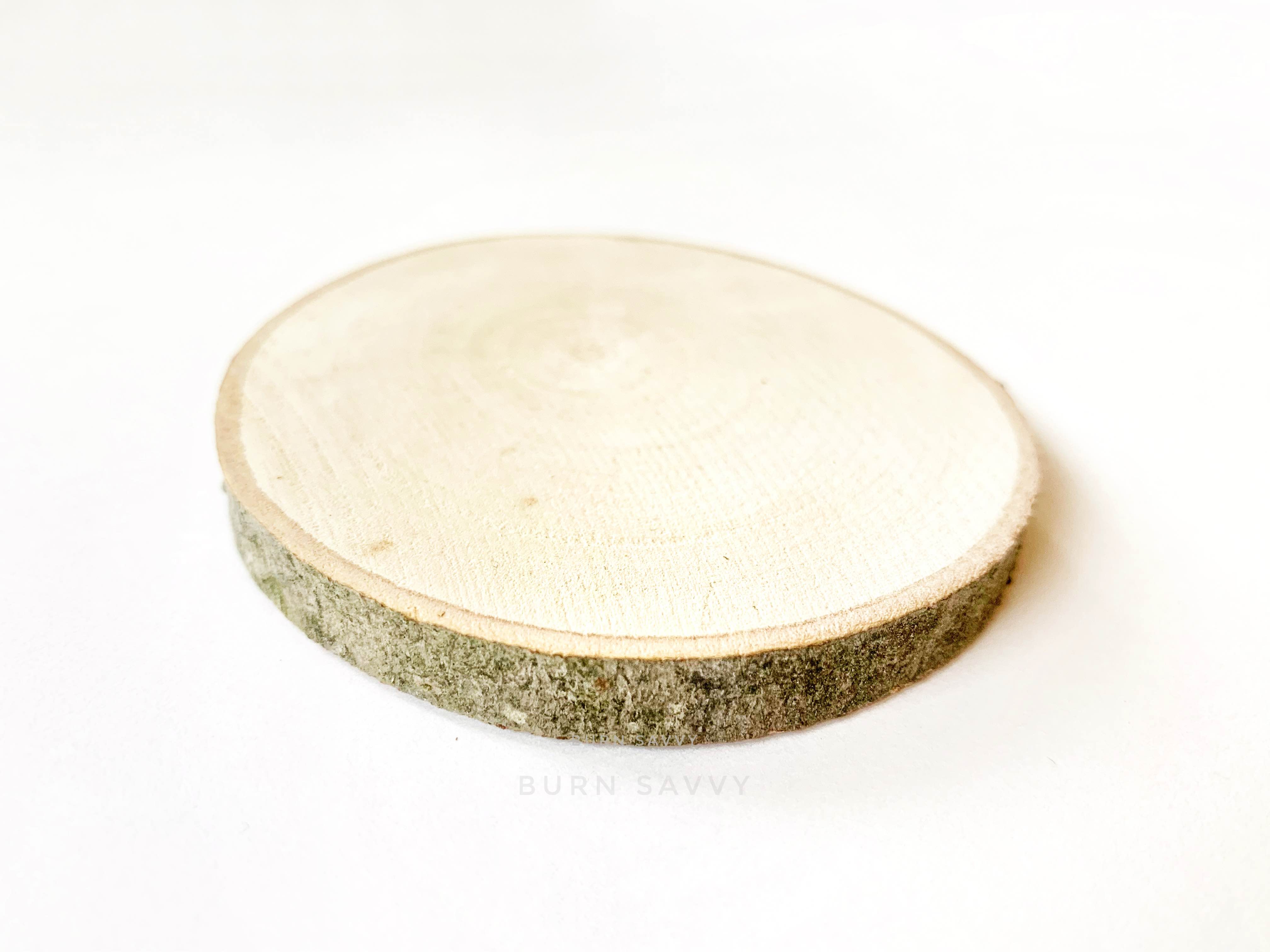
This is another soft wood with a nice, evenly colored wood.
Poplar has a smooth grain too, but the burner doesn't glide across it as smoothly as my top 5 woods.
The paint held it's color well and the stain didn't darken the wood much - all positives.
Compared
to other woods, the color sometimes looks green. I don't like that. The
green tint doesn't seem to show up as much in slices as it does in
slabs (opposite of aspen and cherry woods), so consider that when
shopping.
But it is easy to source. You can get poplar slabs at most local hardware stores.
7. Birch
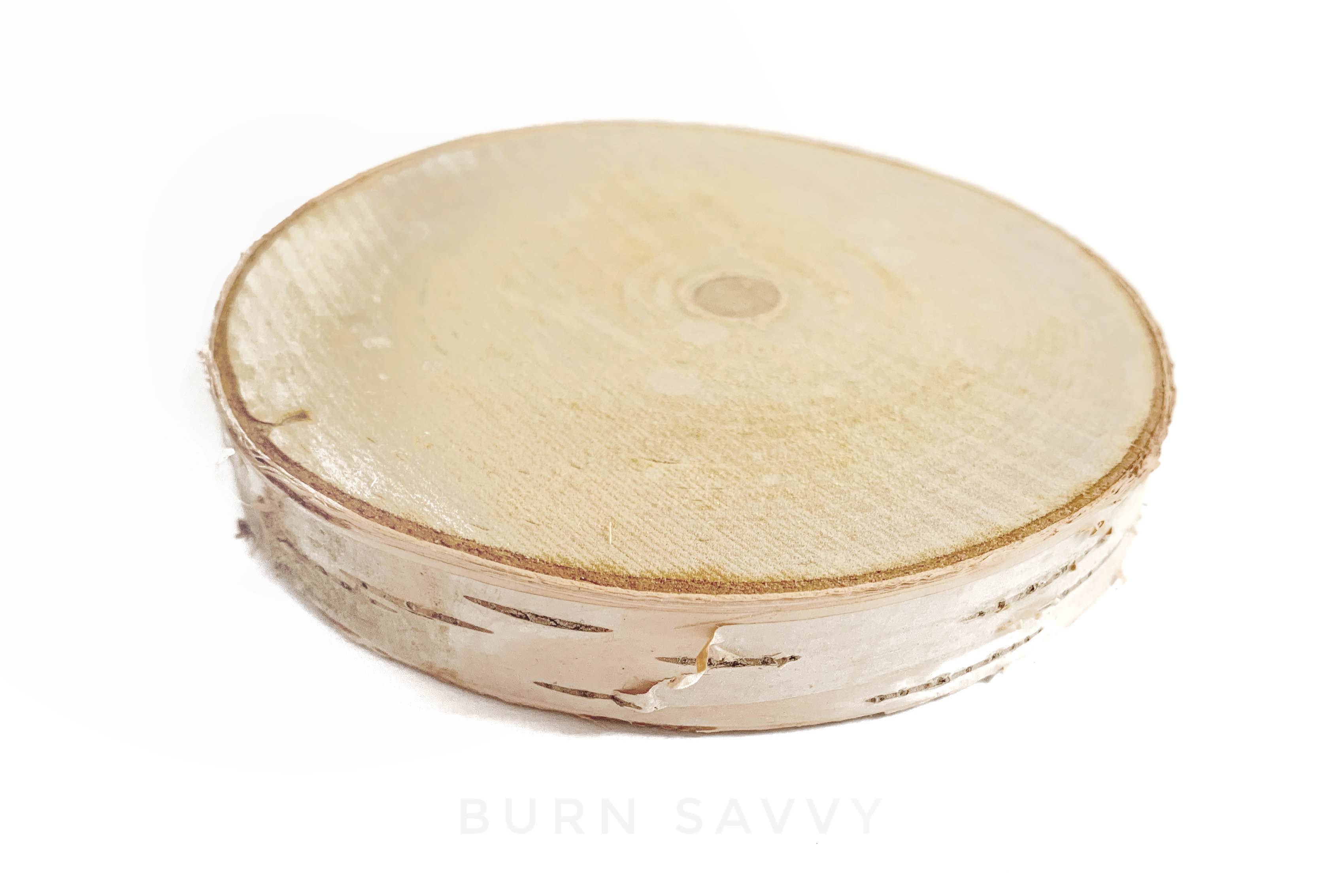
The bark. Isn't it gorgeous?
That's definitely a BIG draw to birch wood. That bark has an elegance you can't get with other woods.
It
has a nice blonde color that doesn't darken too much when clear coated,
a decently smooth grain, and the paints held their colors pretty well.
But
even though it has that smooth grain, I find birch harder to work with.
The burner doesn't just glide over birch like it does on the previous 6
wood for pyrography.
8. Walnut
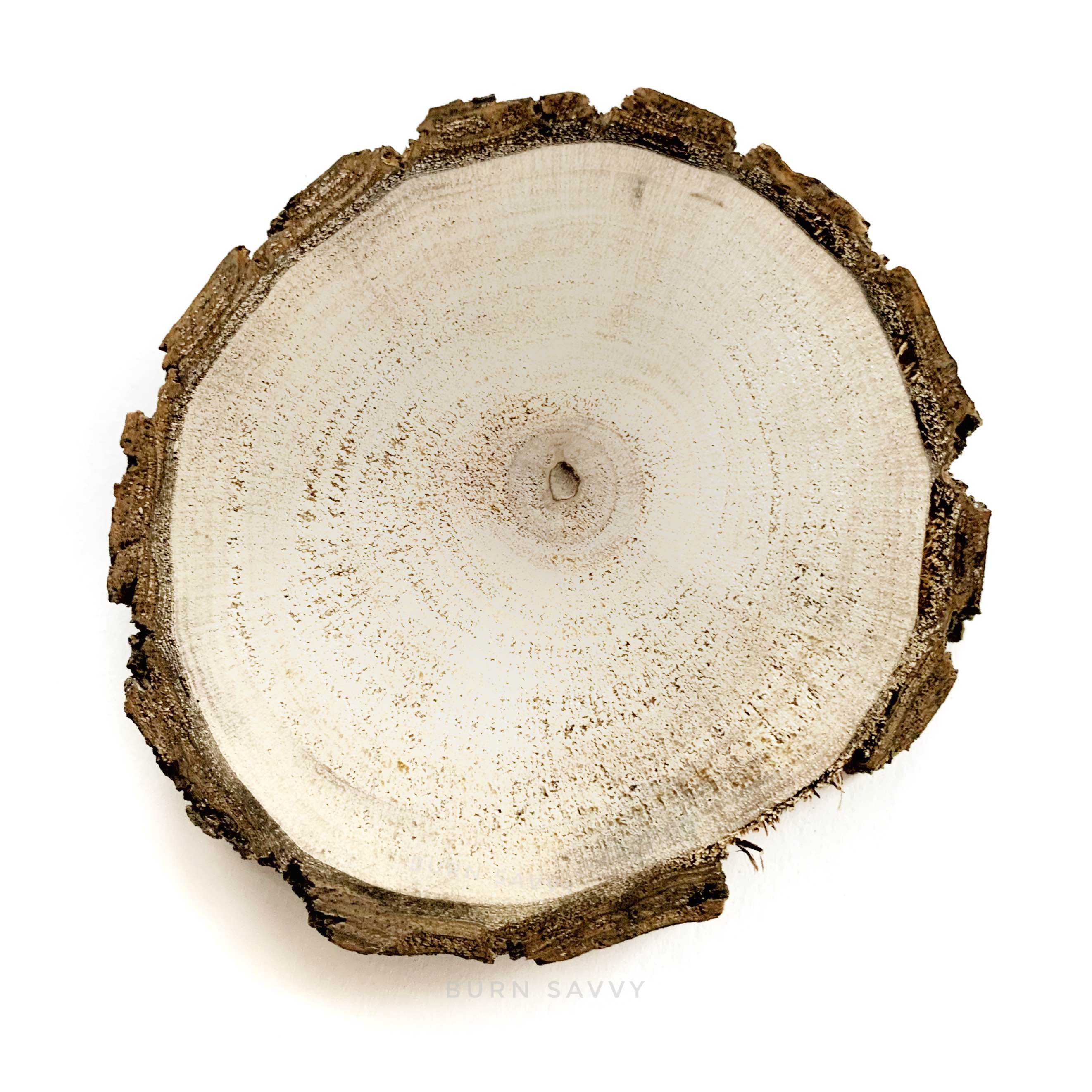
Really my only gripe with walnut is how dark it is, *especially* after a clear coat.
It hides the burn, kind of swallows colors, and basically makes light shading and light paint disappear.
As far as actual burning goes, the burner glides across that smooth wood grain beautifully at a 5-6 heat.
It's a hard wood but not as hard as maple, cherry or ash - obviously, since you don't have to burn as hot.
But again, you lose some of your work against that dark color and even more of it when it's sealed.
9. Ash
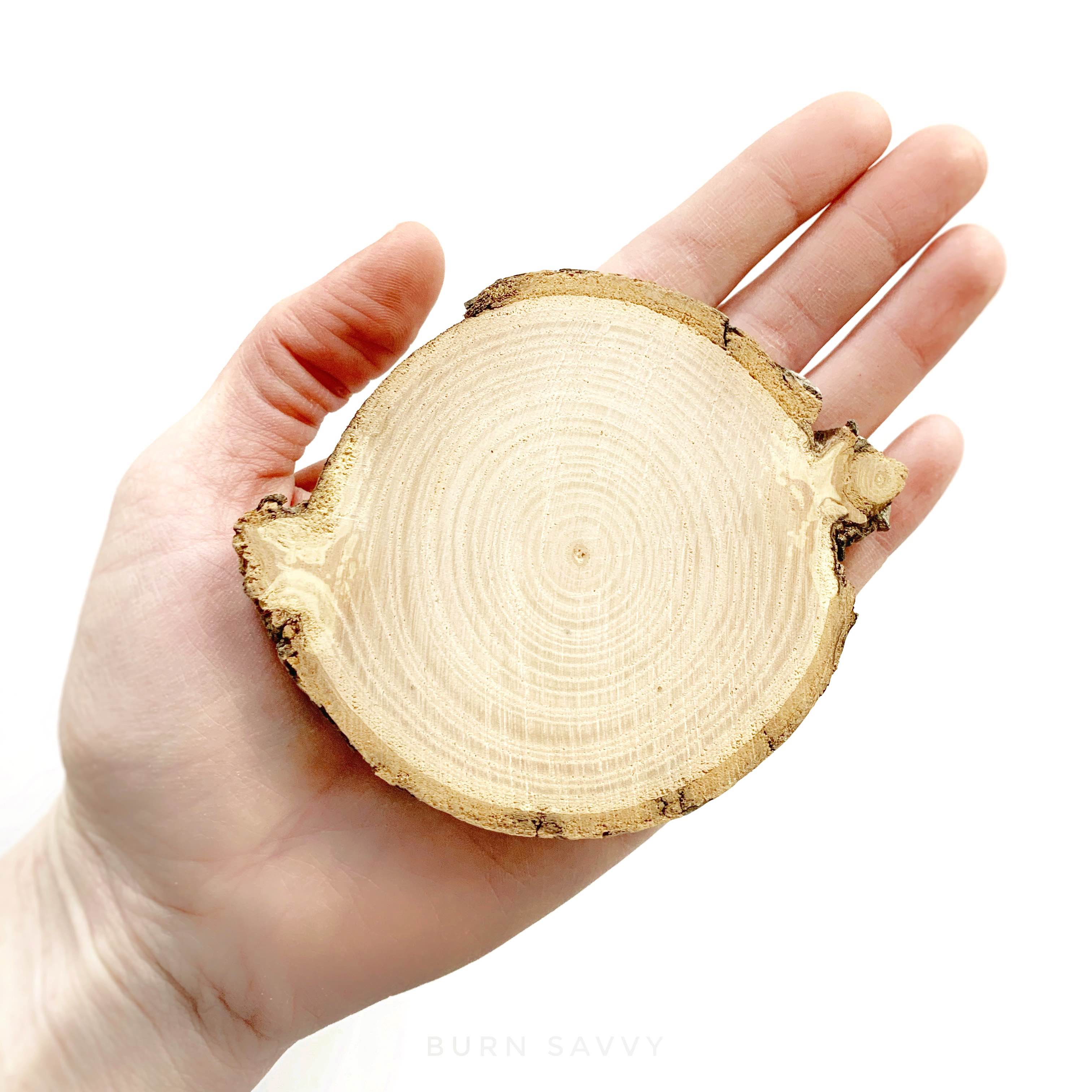
I don't like this one.
The grain is rough. Although the whole wood is blonde, the fine light veins of grain are really tough to burn through.
It reminds me of burning irritating ol' pine in that way.
But it's better than pine, in my opinion. The grain has less distracting colors and it isn't as sappy and smokey.
I burned it at a 6-7 level and it took a loooooong time to get the same quality of a burn as any of the woods listed above.
Almost my least favorite wood for pyrography.
Almost.
10. Pine
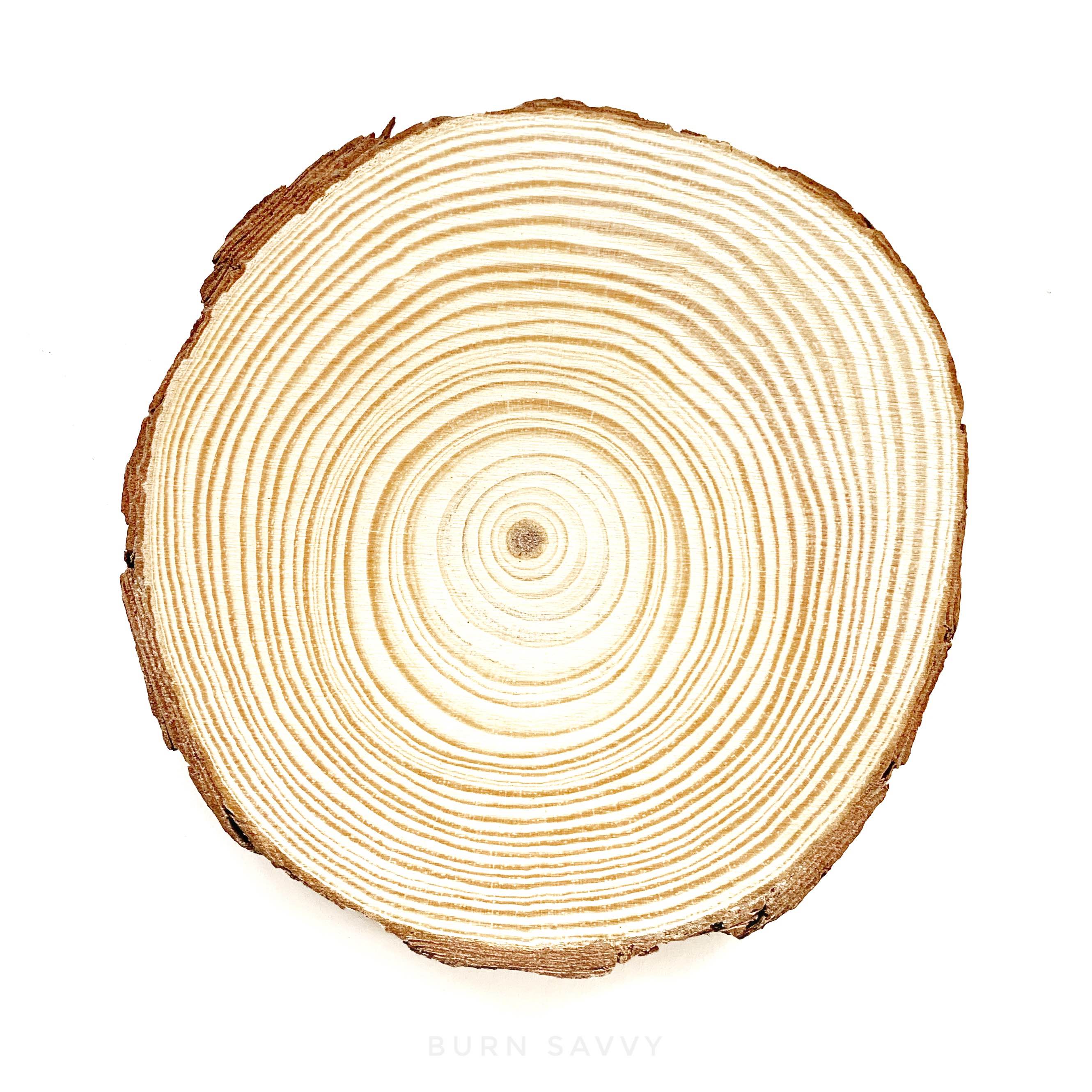
Definitely not my favorite.
Popular, yes.
But a Royal. Stinking. Pain.
This is last on the list because its a sappy, smokey wood with a rough grain that fights you every step of the way.
Whenever
you burn over a light part of the wood, it's soft and nice to work
with. Hit a dark patch or a knot and its suddenly hard and doesn't burn
easily - but only for that tiny little brown patch. And if you hit sap,
you really have to crank the heat (oh, and clean your tools because sap gums them up quickly).
It
takes me about 3 times longer to burn art on pine than the other woods
just because of it's grain and super sappiness AND I had to burn at a
6-7 level because of that grain, even though it's considered a soft
wood.
If it's so lame to work with, why on earth is it such a popular wood for pyrography??
Simple.
It's cheap and easy to come by.
At least, that's why I used it so much starting out. I didn't want to practice on an expensive piece of wood and risk ruining it.
In the end, that worked to my advantage. It gave me patience. I know how to burn tough woods. And the nicer woods are soooo much more satisfying to work with since I KNOW the difference!
Let's just say, once spoiled I never looked back.
More Wood for Pyrography
If you want to replace ash or pine on your list of woods, some good runners up are:
- Beech - this one is another personal favorite, but it's not in the most commonly listed popular woods and it's hard to find outside of cutting boards and wood spoons
- Pecan
- Sycamore
- Cedar
- Cork - be wary of cork with glues, yuck!
My friend Jenn at North Star Pyrography explores how all kinds of woods burn on her IGTV. Definitely worth a look!
Extra Credit: Have You Tried...
Here are some other fun materials to try your hand at burning!
- Gourds
- Leather - untreated of course
- Cotton fabric - blue jeans, cotton canvas...
- Paper - did you know you have to turn your machine really hot for this?
- Bone and antlers - smelly but fun! You'll also need a very hot burner for this
Ready to Try it out yourself?
Get a sampler pack of the top 10 most popular wood for pyrography right over here.
Once you've chosen your wood, it's time to prep it for burning! Check out this article with tips for prepping wood to make pyrography faster and easier on you.
burn savvy home > top 10 Best Wood for Pyrography
Want to seriously up your pyrography game?
I'm spilling my pyrography secrets. Don't miss out on...
- Your FREE guide to woodburning tips & their uses
- Helpful tips, hacks & articles
- First dibs on upcoming courses
- Notice of retreats, challenges, and other pyrography events
- and so much more coming!
So go ahead. Subscribe. Consume. Enjoy.
You deserve it.
⇣ Enjoying your FREE pyrography tips & techinques? ⇣
I am delighted you find them helpful!
If you want some easy ways to give back, here are some ideas that also help YOU level up YOUR wood burning game...
- Watch my YouTube videos (that's totally FREE).
- Buy your woodburning products through my affiliate links which throw me a dime or two at zero extra cost to you (read about affiliate links here).
- Take the pyrography courses that I've poured my heart and soul into helping you burn like a boss!
- Join in the woodburning retreats - that's really like giving back to yourself, actually. ;)
Thanks for helping me keep creating free, delightful, and helpful woodburning content for YOU and pyros like you.
